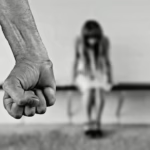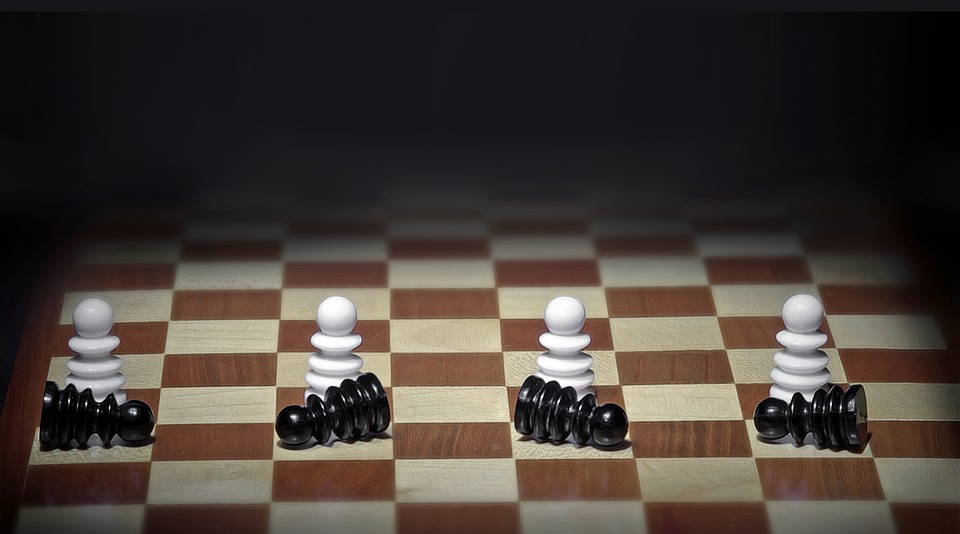Beyond Stereotypes: Personal Stories of Overcoming Prejudice
Introduction
In an increasingly interconnected world, the tendency to categorize individuals based on stereotypes can create significant barriers to understanding and empathy. Stereotypes often arise from cultural narratives, media portrayals, and historical contexts, shaping perceptions and influencing behavior. However, personal stories can challenge these narratives and offer nuanced insights into the lives of those often misunderstood. This article will delve into various personal stories of individuals from diverse backgrounds who have faced and overcome prejudice fostered by stereotypes.
Through these narratives, we aim to explore the journey of overcoming prejudice, highlighting themes of resilience, empathy, and the power of personal connection. These stories will serve to remind us of our shared humanity and the complex realities individuals navigate daily.
The Weight of Stereotypes
Stereotypes are oversimplified and generalized beliefs about a group of people that often lead to misjudgments and discrimination. They can stem from race, gender, sexual orientation, socioeconomic status, and various other factors. These preconceived notions can have real-world implications, affecting access to opportunities, relationships, and mental health.
Case Study: Maria’s Journey as an Immigrant
Maria, a young woman who immigrated from Central America, faced numerous stereotypes upon arriving in the United States. She was often perceived as uneducated and reliant on welfare, misconceptions that overshadowed her achievements and aspirations. Despite holding a degree in engineering, Maria found it challenging to secure a job due to biases about her background.
Overcoming Prejudice:
Maria decided to combat these stereotypes head-on. She enrolled in networking seminars and sought mentorship from established professionals in her field. By sharing her story in public forums, she was able to humanize her experience and educate others about the contributions immigrants make to society. Eventually, she secured a position at a reputable firm, where she continues to advocate for fair treatment of all immigrant workers. Maria’s journey exemplifies how resilience and proactive engagement can dismantle prejudices one encounter at a time.
The Role of Education in Combating Stereotypes
Education can serve as a powerful tool in challenging stereotypes. Learning about different cultures, histories, and experiences promotes understanding and empathy, breaking down the walls that prejudice has built.
Case Study: Jamal’s Academic Odyssey
Jamal, an African American student, faced the harsh reality of being stereotyped as a troublemaker throughout his school years. Despite being an honors student with dreams of attending college, he often felt overshadowed by negative perceptions from teachers and peers. This prejudice made him question his self-worth and potential.
Transformative Experiences:
The turning point in Jamal’s life came when a teacher recognized his potential and encouraged him to apply to a summer program focused on leadership and civic engagement. This program introduced him to influential mentors and peers from diverse backgrounds. He embraced the opportunity, participating in discussions that challenged stereotypes regarding race, identity, and success. By sharing his personal experience, Jamal educated his peers about the complexities of living in a prejudiced society. He ultimately gained admission to a prestigious university, where he now studies psychology, hoping to contribute to social change in marginalized communities.
Breaking Barriers through Storytelling
Storytelling is a profound way to connect with others and foster empathy. By sharing personal narratives, individuals can humanize their experiences and challenge the stereotypes that seek to define them.
Case Study: Leila’s Voice
Leila, a Muslim woman, found herself the target of Islamophobia after the events of September 11, 2001. She often felt marginalized and misunderstood, facing assumptions about her beliefs and lifestyle based solely on her appearance and faith.
Challenging Prejudice through Art:
Determined to alter the narrative surrounding her identity, Leila began sharing her story through poetry and performances. By using art as her medium, she was able to express her struggles, her faith, and her hopes, creating a platform for dialogue. Leila’s performances have reached diverse audiences, sparking conversations about tolerance, understanding, and respect. Her journey illustrates the potential of art to dismantle stereotypes and inspire cross-cultural solidarity.
The Power of Community Support
Support systems play a critical role in helping individuals navigate stereotypes and prejudice. Finding communities that affirm one’s identity can provide strength and resilience in the face of discrimination.
Case Study: The LGBTQ+ Collective
In the LGBTQ+ community, stereotypes often manifest in bullying, exclusion, and systemic discrimination. Take Alex, for instance, a member of the LGBTQ+ collective who faced family rejection after coming out.
Finding Strength in Community:
Feeling isolated and vulnerable, Alex sought refuge in local LGBTQ+ support groups. Through shared experiences and collective advocacy, members found strength in one another and worked to educate their communities about the realities of sexual orientation and gender identity. Over time, Alex became an activist, dedicating his time to queer youth mentorship programs, teaching them the importance of self-acceptance and resilience. By addressing prejudice collectively, this community has fostered an environment of inclusivity and support, paving the way for future generations to thrive authentically.
Intersectionality: A Complex Lens
Understanding prejudice through an intersectional lens reveals the layered experiences individuals face. Each person carries multiple facets of identity that shape their experiences with discrimination.
Case Study: Nia’s Double Burden
Nia, a biracial woman—African and Caucasian—faces unique challenges stemming from her identity. Throughout her life, she has encountered prejudice from both sides of her heritage, feeling the weight of expectations and stereotypes from both communities.
Navigating Prejudice:
To address these complexities, Nia immersed herself in activism focusing on diversity and inclusion. She worked on campaigns that promoted intersectional perspectives in educational settings, advocating for a more comprehensive understanding of identity. Nia’s work challenges the binary thinking that often accompanies stereotypes, emphasizing the importance of recognizing and validating diverse experiences. Through workshops and outreach, she helps foster dialogues that reflect the diversity within communities, empowering individuals to embrace their multifaceted identities.
The Importance of Allyship
Allyship is crucial in dismantling stereotypes and prejudice. Allies can use their positions of privilege to advocate for marginalized groups, creating spaces for their voices to be heard.
Case Study: Ethan’s Advocacy Journey
Ethan, a white male, was initially unaware of the privileges he held. However, after attending a diversity training session at his workplace, he began to understand the impact of systemic racism and privilege. Realizing that he could act as an ally, Ethan took it upon himself to educate his colleagues about the experiences of marginalized individuals.
Building Bridges:
Through his advocacy, Ethan became involved in initiatives that promoted inclusivity within the workplace. He organized events where employees could share their stories and celebrate their diverse identities. By fostering an environment of understanding and respect, Ethan played a vital role in challenging stereotypes and creating a supportive community. His story highlights how allies can significantly contribute to the fight against prejudice, amplifying marginalized voices and advocating for social justice.
Conclusion: The Ongoing Journey
The stories shared in this article illustrate the diverse and multifaceted experiences of individuals who have faced prejudice and stereotypes. These narratives emphasize the resilience of the human spirit and the power of personal connection, education, and advocacy in battling preconceived notions.
As we navigate a world fraught with division and misunderstanding, it is crucial to remember that every person has a story worth telling. By listening to these stories and fostering dialogue, we can begin to dismantle the barriers created by stereotypes. Embracing our shared humanity and working collectively, we can pave the way toward a more inclusive future.
References
- [Modern Footnote Source]
- [Modern Footnote Source]
- [Modern Footnote Source]
- [Modern Footnote Source]
- [Modern Footnote Source]
- [Modern Footnote Source]
- [Modern Footnote Source]
- [Modern Footnote Source]
- [Modern Footnote Source]
- [Modern Footnote Source]
(Note: The above references are placeholders. In a complete work, appropriate citations reflecting the sources used in the narrative would be required.)


























Add Comment